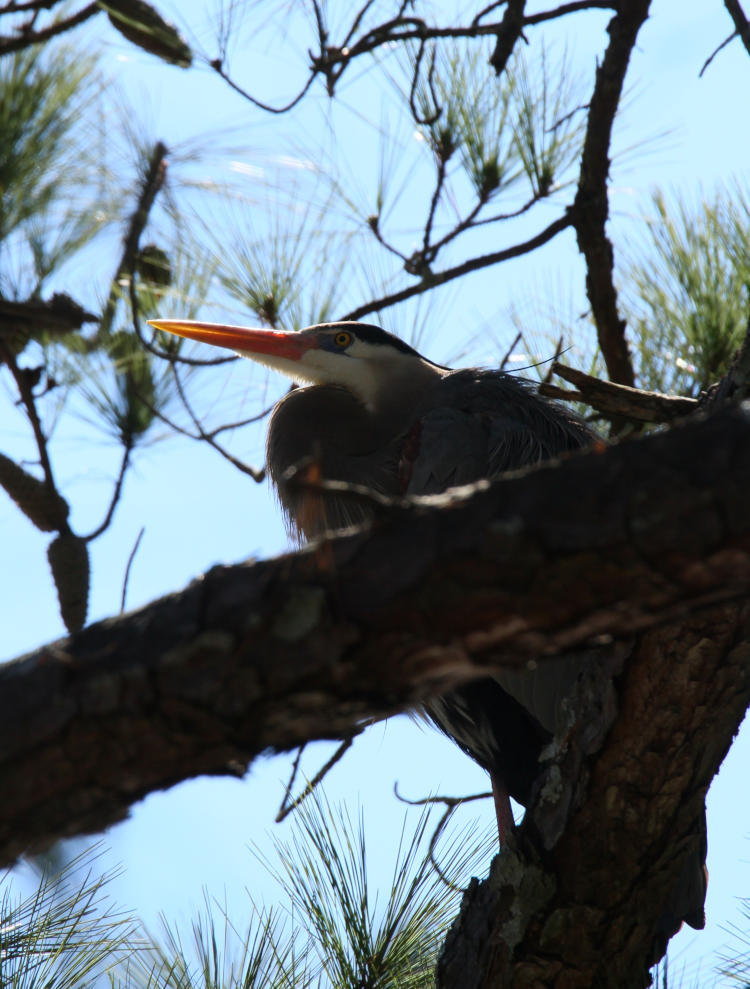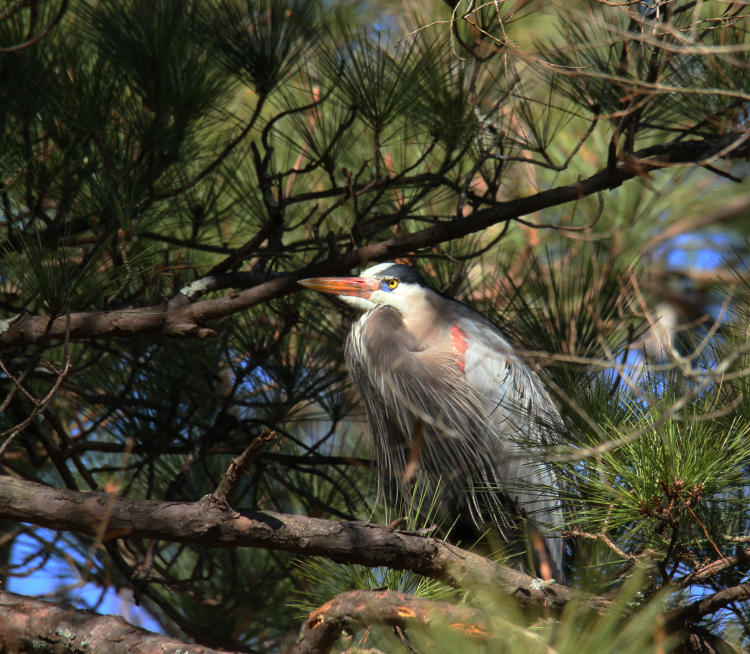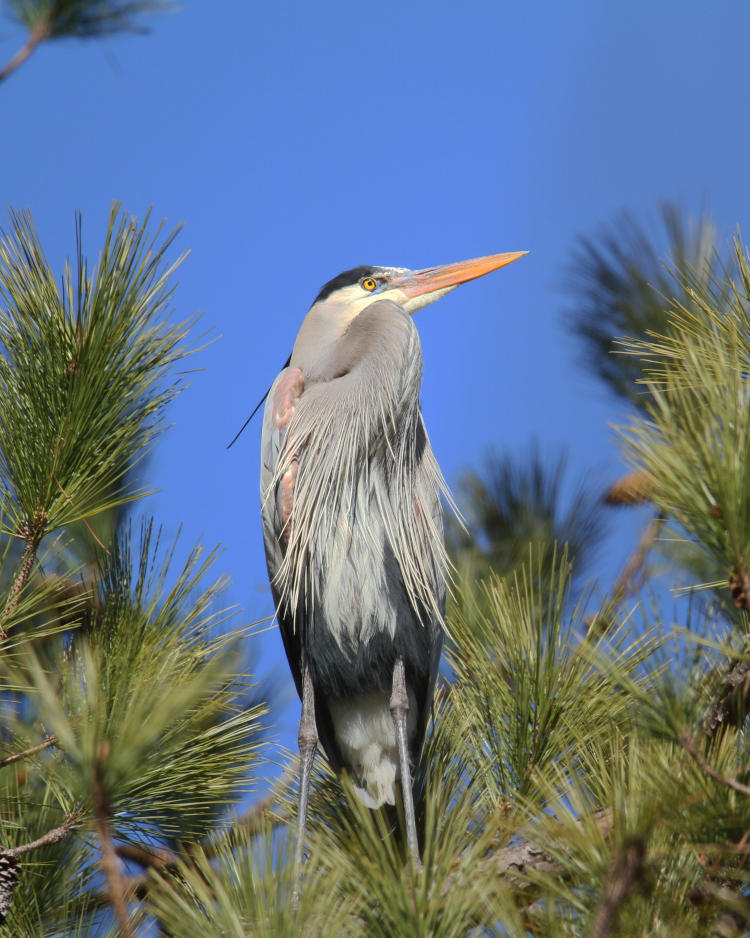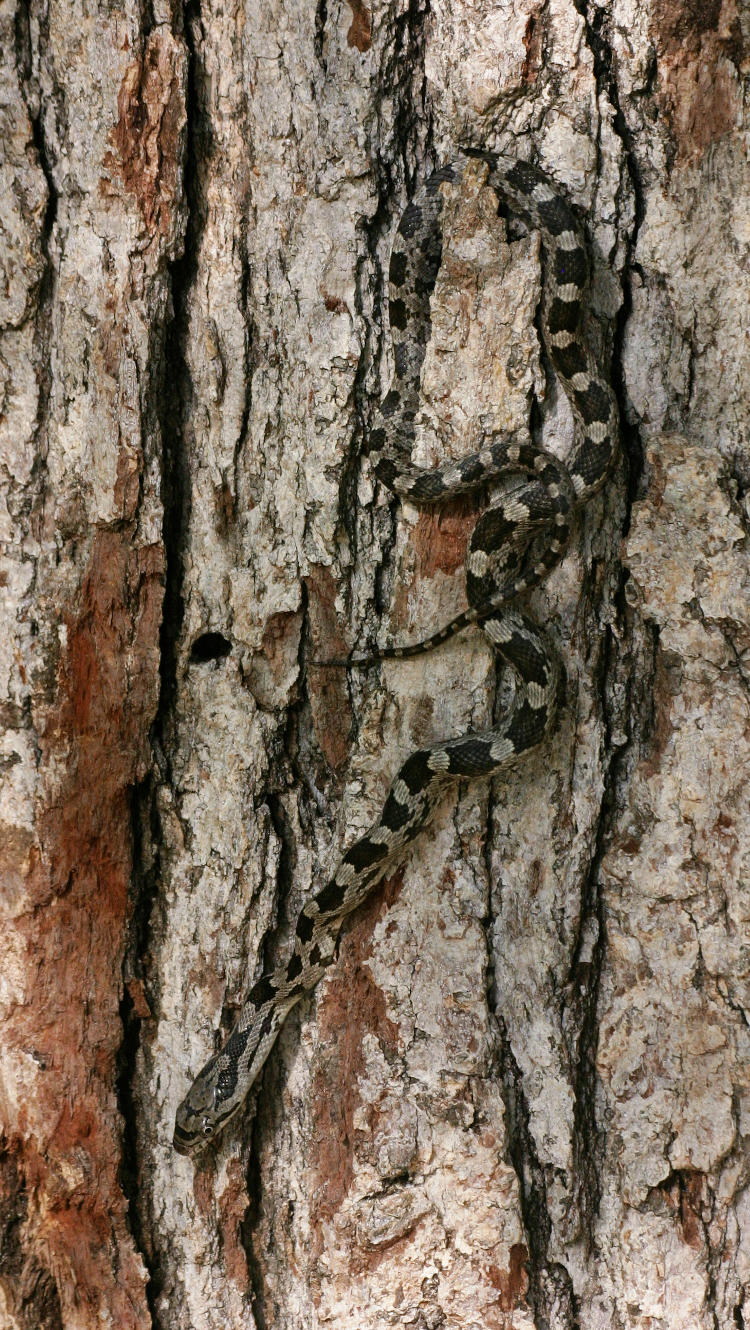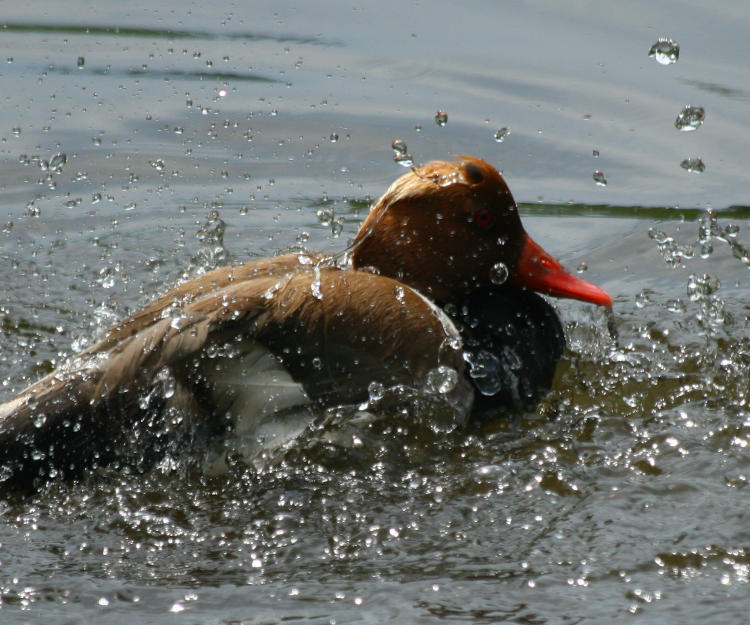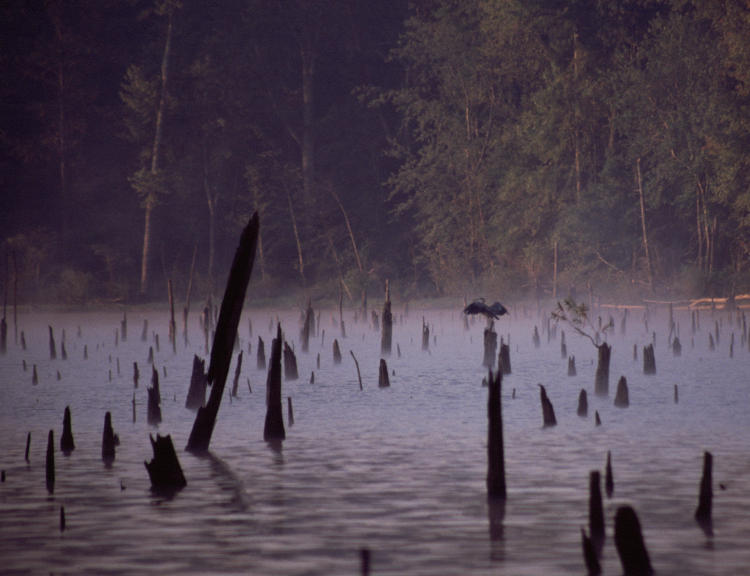I’ve got a nice head start on the holiday today, which can serve as a reminder for others to produce their own contributions. People have a tendency to forget, perhaps conveniently, that February 26th is Remember The Dumb Shit That You’ve Done Day, but I’m happy to contribute because I figured, Why not? There’s no one reading anyway. True enough, it may well affect my job prospects at some point in the future, but then again, it’s right here under the ‘Ask an atheist’ banner and posts regarding my tastes for Duran Duran, so how much worse could it get?
The timeframe is the early 90s. Directly behind the apartment complex where I lived meandered a creek, but, you know, a respectable one, six to eight meters across? I’m going from memory, and we all (all none of us) know how that is, but bigger than a drainage ditch and smaller than the Mississippi, to give you the ballpark. I used to wander on trails alongside quite often, and at one point noticed with curiosity that a few thick, tough grapevines actually climbed into trees overhanging roughly the midpoint of the creek.
Now, you should know that I grew up watching reruns of Tarzan, the 60s version with Ron Ely and Manuel Padilla Jr, and thus heavy vines were the sole means of crossing the jungle without stepping in Cheetah poo. This meant that, as I eyed these vines on the banks of the creek, I pondered whether, cut free at the base, they would serve as this very mode of transportation. It was idle, never-gonna-happen thinking – up until one day, I found that a beaver had gnawed through the base of a prime vine and it now hung freely out over the middle of the water, but with a fallen log stretching within reach. That’s a sign, that is.
Coincident with this was being out with my cousin and a friend, and (despite all being in our late twenties) you know what happens when you get a group of boys together. This idea had to be tested, and there was no argument that I was going to be the one to test it.
I scampered out on the log, fetched the now-hanging end of the vine, and brought it back to the shoreline for firm footing. We all eyeballed the distance, and I tugged on the vine to determine that it really was deeply anchored high overhead in the branches. It all looked feasible, and I prepared for the launch.
Pause here while we deal with reality, and the bare fact that vines only have to hold their own weight, without the addition of an albeit (Hah!) ridiculously skinny nitwit, and anchor only among branches, not knotted around thick boughs like an OSHA-overseen climbing rope would have been. Yes, TV really does prompt kids and even immature adults to believe silly things. We have the recipe all laid out now.
I drew back, I kicked off, I swung…
… and I MADE IT! All the way, smoothly, and only getting my ass wet since I hadn’t gripped quite high enough on the vine, but I scrambled triumphantly up the opposite bank to the cheers and laughter of the other two, who I must admit still declined the honor themselves. It’s hard to describe the manic feeling of success and amusement, and naturally I wished there had been more witnesses. We never thought to photograph this, because of course the initial odds of success were not encouraging, and who wants to document getting dunked in a muddy creek?
But the vine was still there…
The following day we returned, armed with two cameras. Again, early nineties: no smutphones, no video cameras (those existed, but were too expensive for any of us to purchase for such occasional use.) I had my trusty Olympus OM-10 I believe, and my cousin had some point-and-shoot jobby. Our friend went to the landing bank with my camera while I once again snagged the vine and girded my loins or some such rot.

Yes, that’s really me, though I’ll deny it if anyone I know asks, while my unrecognizable cousin is backing me up from a safe location. But we already knew it would work, so this was just for the record. I remembered to take a higher grip to keep from getting wet. And with assurances that the cameras were ready, I kicked off.

This is pretty much the exact time that I knew something was amiss, because the branches, so sturdy the day before, began to relinquish their hold on the upper reaches of the vine, allowing it to slip downwards. Again, it’s hard to describe the feeling, but OhFuck works well enough I suppose.
Bunched up as I was, just able to clear the water had the vine remained steadfast, the extension of a meter or so was enough to plunge me almost completely into the creek. It was still early spring, so not really swimming weather, but I never let go of the vine and could use it to help haul myself out of the water; the fallen log that had allowed me to snag it in the first place now gave me a way to get out without slogging to the bank. No cheers this time, but they were kind enough to maintain the laughter at least.

The reason that I have no qualms about posting this here is that no one who knows what I look like now would ever believe that I once looked like this. Oh, no, that’s some other Al Denelsbeck, I could say dismissively. It’s a ridiculously common name. And they, looking at that flat belly, full head of hair, and not-at-all-dashing-or-sophisticated smile, would readily believe it.
And yes, those pipecleaner arms were still capable of holding me firmly to the vine; it was the vine that failed to keep up its end of the bargain, apparently having never watched Tarzan to know what was expected of it. Meanwhile, on seeing these for the first time, The Girlfriend remarked that I hadn’t managed to lose my glasses even with the dunking, a cheap shot (but accurate.)
I believe it was the same span of days when we discovered a swinging rope, a proper one, strung out on another section of the creek; this one was obviously not intended to facilitate crossing, but only to deposit someone out into a deeper expanse of the water. As I said, not really swimming weather, but we still decided to try it out, just electing not to let go on the far end, but swing back to shore again. This went without mishap save for one exception, when our friend (I’ll call him ‘Vic’ for convenience, because who the hell is named Vic anymore?) lost a bit of momentum during an odd maneuver and was in danger of stalling out over open water. While he was still barely coming within reach, I stretched out to try and draw him back in and, through his spinning and my flawless aim, managed to sock him squarely in the jaw – it was an accident, I swear. I still vividly recall his head rocking back – and then he burst into laughter (see pipecleaners, above.) It was that kind of weekend.
* * * *
Oh, hell, while I’m here. This all reminded me of a similar story, from many years previous. The same cousin mentioned above has a brother, by a curious fluke of genetics also my cousin, and back when I lived in New York and they lived in New Jersey, I would go down for visits. Their immediate neighbor had a climbing/swinging rope out behind their house, bordering a small patch of woods. Once, idly screwing around as adolescents do (we were middle school age, if I recall,) I was swinging on said rope, which had been there for years, and heard a couple of telltale pops up near the anchor point. I immediately dismounted and peered up at the top, noting that it was stained darker at the knot; it was beginning to rot away. Cousin 1 witnessed this, but Cousin 2 was elsewhere at the time, and later on when we saw him, we warned him about the failing rope.
Fast forward to the next day, when Cousin 1 and I were not too far from this rope, and Cousin 2 came barreling around the corner towards us. Veering off at the last second, he hit the hanging rope at full speed and swept up into the air even as we were reminding him of the danger. The rope could have parted right at the highest stress point near the end of his arc, hurling him up and out into the woods, but it held just long enough to shed all of his momentum, whereupon it gave way completely and dropped him without ceremony flat on his back from roughly three meters up – it was quite a sight, punctuated by his tortured whimper a moment later. We ended up half-carrying him back to the house for triage, where he was determined to be only bruised, in both body and ego. But yeah, how badly we needed action cams back then.























































